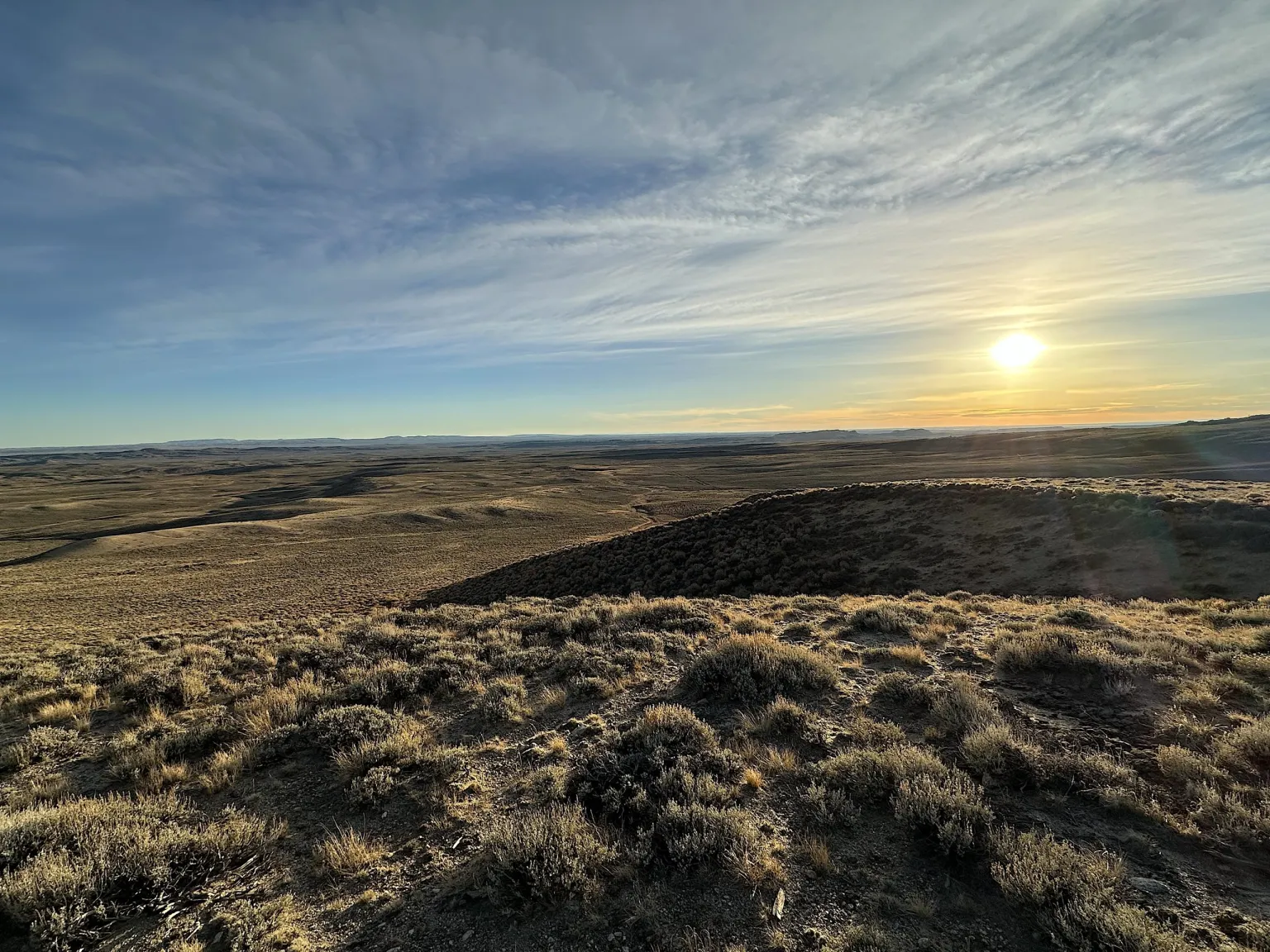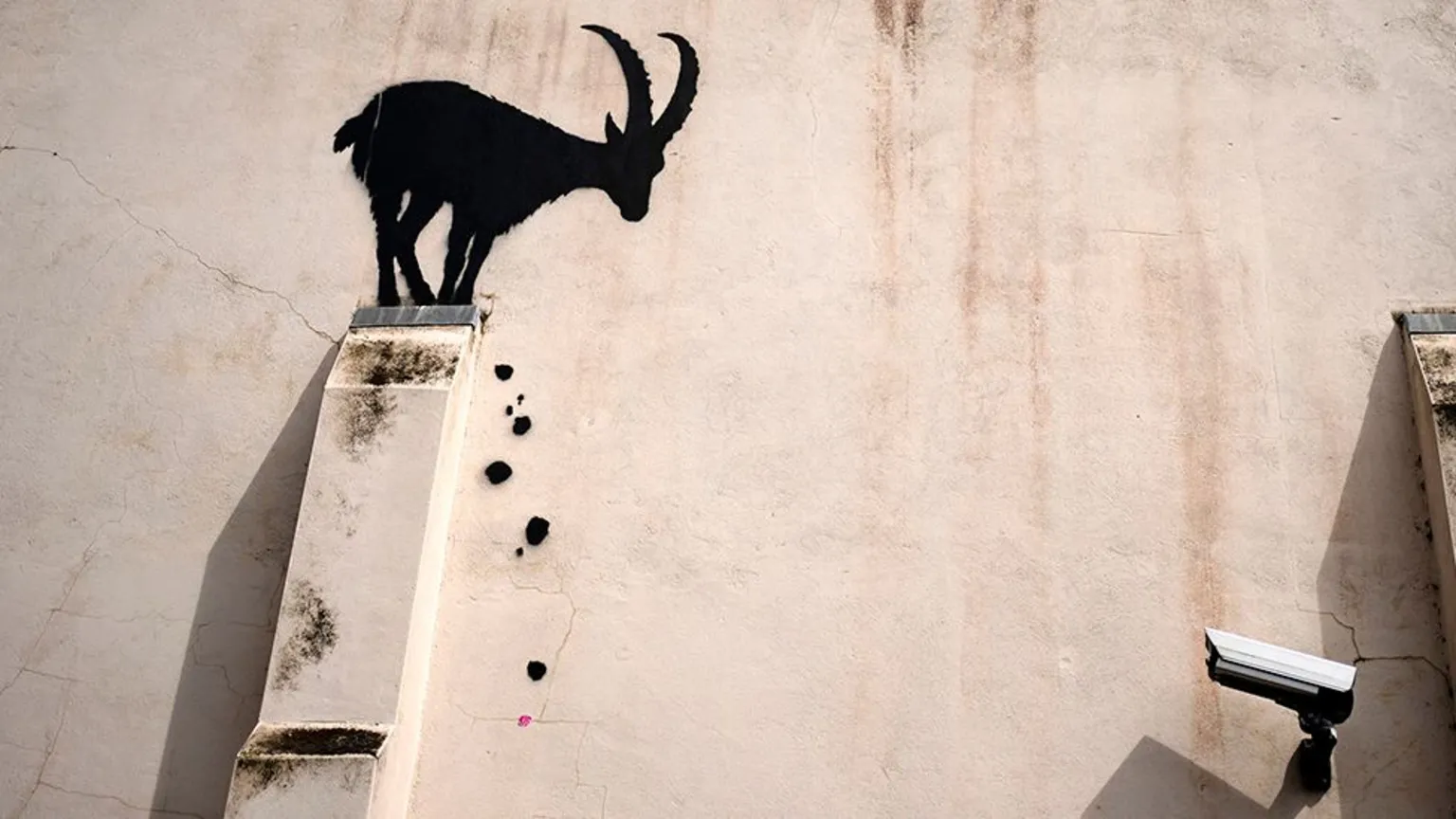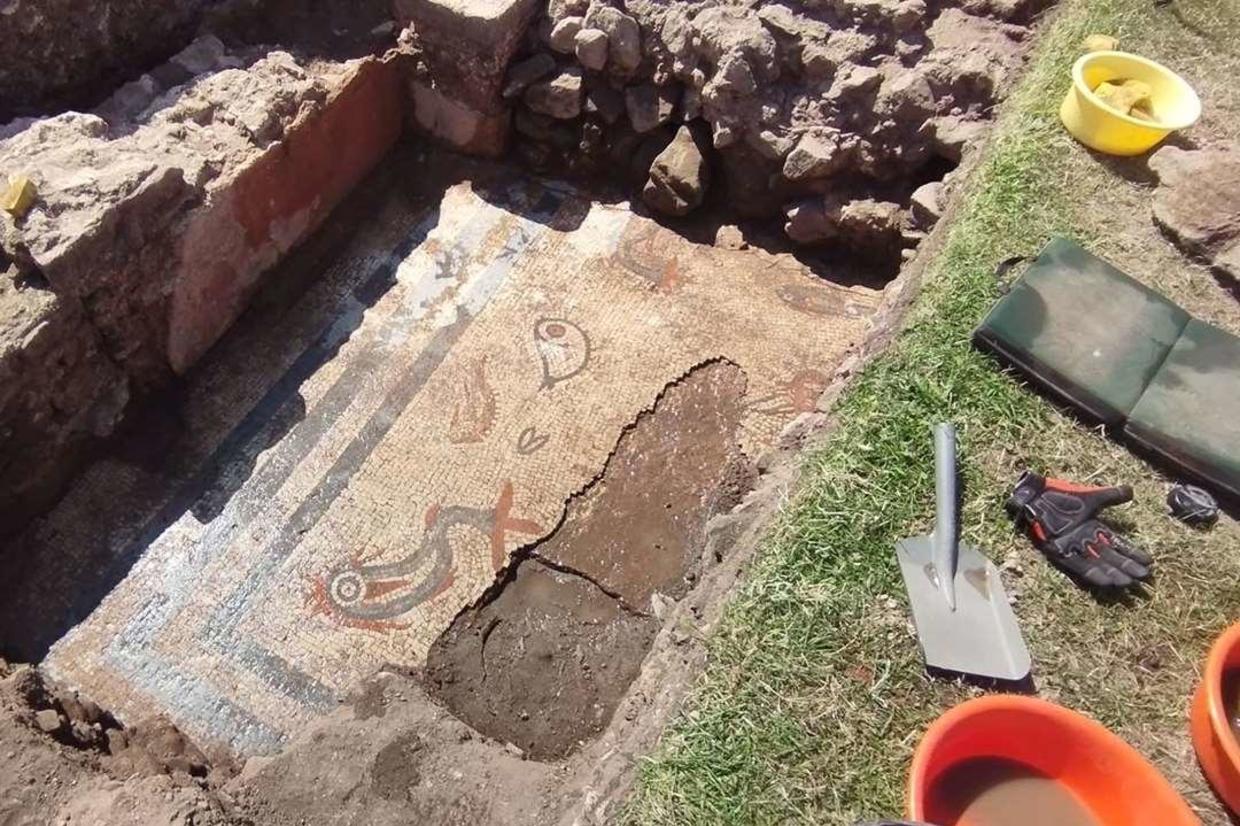Wyoming’s New ‘Mummy Zone’ Might Hide a Perfect T. Rex — and It’s Already Rewriting Dino Style

The original story by Andrew Rossi for Cowboy State Daily.
Forget sarcophagi and pyramids. The hottest “mummy” action on Earth is tucked into a maze of ravines outside Lusk, Wyoming, where paleontologists have flagged a newly designated “mummy zone” that’s coughing up dinosaurs with skin, spikes — and even hooves — preserved in astonishing detail.
The star finds so far are two 67-million-year-old Edmontosaurus from the Lance Formation, studied by a University of Chicago team led by veteran fossil hunter Paul Sereno. These aren’t just skeletons. They’re full-body revelations, wrapped in an ultra-thin film that captured the skin’s texture from duckbill to tail tip. Sereno says it’s the first time scientists can say, with confidence, what a big dinosaur truly looked like in life.
And that look? Less lumbering lizard, more punk rock parade float. Along the spine runs a fleshy crest that breaks into interlocking spikes — think Borneo’s angle-headed lizard, but upsized and dialed to eleven. Then there are the feet. Instead of claws or fleshy toes, Edmontosaurus sported hooves — hard outer shells with a softer “frog” at the center, just like a horse. Seeing a partly bipedal, bus-sized reptile built to tip up and run on hooves upends a century of assumptions about how these herbivores moved across Late Cretaceous floodplains.
The preservation is as wild as the anatomy. After death, the animals were rapidly blanketed in sand and mud. Underground, a bacterial film formed over the decaying bodies, drawing clay particles into an ultra-thin “mask” that duplicated the outer skin in place. The result is a ghost-layer — sometimes barely a hundredth of an inch thick — holding a lifelike rendering of the exterior while the bone sits safely below.
“Better than perfect,” as Sereno puts it.
This little corner of Niobrara County has been a magnet for “beautiful corpses” before. The first dinosaur mummy ever collected — also an Edmontosaurus — came from near Lusk in 1908, when pioneer fossil hunter Charles Sternberg struck pay dirt. Sereno used old letters and ranch lore to relocate the historic spot on the Zerbst Ranch and realized many of the area’s best-preserved specimens cluster inside roughly the same six-mile swath. Hence, the “mummy zone.”
Geology explains the magic. Here, the Lance Formation swells to unusual thickness as ancient river shorelines subsided. Carcasses sank, the sediments stacked up, and nothing disturbed them for 67 million years. Today’s broken badlands — carved by modern ravines — expose just enough of those layers to let sharp eyes find what time protected.
Edmontosaurus mummies aren’t the only prizes pulled from these gullies. The area has yielded a partially articulated Tyrannosaurus and “Lane,” a hefty Triceratops with extensive skin preserved. That track record has researchers buzzing about what else might be lurking in the bends and side draws — a near-perfect T. rex or a museum-ready Triceratops, caught mid-stride, would be the ultimate jackpot. Sereno, itching to get back to the field, likes the odds.
The science stakes are huge. Edmontosaurus was the “buffalo” of its day, roaming in herds while T. rex shadowed the margins. Nailing its true body plan — spikes, hooves, and all — reshapes how we model Late Cretaceous ecosystems, from biomechanics to behavior. It also suggests hooved locomotion evolved in reptiles long before mammals made it fashionable, and that some giants toggled between four-leg ambling and two-leg sprinting on hardened toes.
There’s a romance to this, too. The rediscovery hinged on a vanished post office called Warren, memories passed down by ranching families, and the kind of field hunches that only come from decades of chasing fossils across wind-scrubbed country. Add in oil-well logs that map the hidden geology beneath the sage, and you get a modern treasure map to one of the richest time capsules on Earth.
For Sereno, Wyoming now holds the clearest record of dinosaurs’ last days anywhere in the US And with the “mummy zone” finally named and mapped, he expects Lusk to keep delivering showstoppers — specimens that don’t just fill in bones, but restore lost textures, contours and motion. In other words: the past here didn’t just fossilize. It paused, posed and waited.








The latest news in your social feeds
Subscribe to our social media platforms to stay tuned